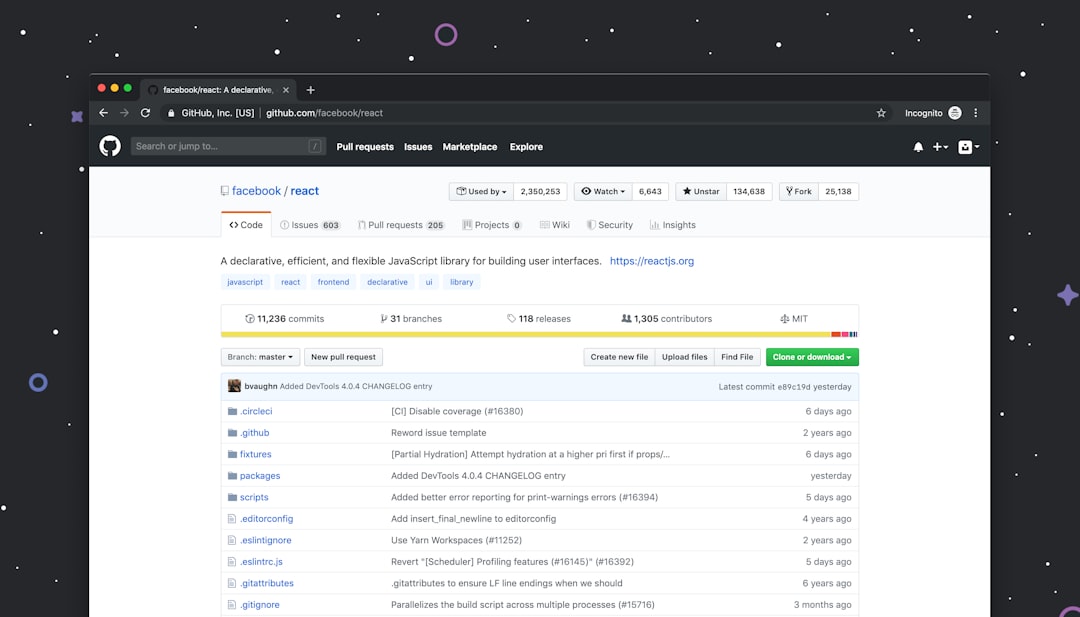GitHub has emerged as one of the most essential platforms for collaboration and version control in the software development ecosystem. It serves a diverse array of users, ranging from beginners experimenting with small projects to large organizations managing complex codebases. Knowing how to utilize GitHub effectively can save time, improve collaboration, and ensure code integrity.
Understanding GitHub
GitHub is a cloud-based platform designed to host and manage code repositories. It integrates seamlessly with Git, a version control system, to help developers track changes in their code, collaborate with team members, and manage project workflows. GitHub also provides tools for issue tracking, project management, and code review.
Getting Started with GitHub
To start using GitHub, follow these steps:
- Create an account: Visit GitHub and sign up for a free account. Understand the difference between private and public repositories to decide the best option for your projects.
- Install Git: Before you can sync with GitHub, install Git on your local machine. Follow the instructions on the Git website for your operating system.
- Set up a repository: Once your account is ready, you can either create a new repository on the GitHub platform or clone an existing one to your local machine using Git commands.
Core Functions of GitHub
1. Creating and Managing Repositories
Repositories, or “repos,” are central to GitHub. They serve as the storage and management areas for your code. To create a repository:
- Log into your GitHub account and click the “+” icon in the top-right corner.
- Choose “New repository” and configure settings such as the repository name and visibility (public or private).
- Optionally, initialize the repo with a README file.
2. Committing Changes
GitHub uses commits to track changes in your project. After editing files locally, you can commit the changes using Git commands like git commit. These commits can then be pushed to your GitHub repository, ensuring the latest changes are reflected.
Commit messages should be concise yet descriptive, as they are essential for tracking the history of your work.
3. Collaborating and Pull Requests
One of GitHub’s most vital features is facilitating collaboration. Team members can create separate branches to work on specific features or fixes. When a branch is complete, its changes can be merged into the main project using a pull request.
Pull requests allow for a streamlined review process and help ensure code quality. Reviewers can leave comments, suggest improvements, or approve and merge changes.
4. Issue Tracking
For tracking bugs, feature requests, or improvements, GitHub provides an Issue Tracker. Team members can create, assign, and label issues to manage workflows effectively, ensuring that tasks don’t fall through the cracks.

Advanced Features
1. GitHub Actions
GitHub Actions allow developers to automate processes such as building, testing, and deploying code. Actions can be customized to fit specific needs, reducing manual effort and increasing efficiency.
2. Forking Repositories
Forking allows developers to create a copy of someone else’s repository into their own GitHub account. Forks are useful when contributing to open-source projects, as changes can be made in the forked copy before submitting them via pull requests to the original repository.

3. Managing Teams and Projects
GitHub also offers robust tools for managing collaborative teams and tracking progress. Features such as boards, milestones, and permissions ensure effective project management.
Tips for Effective GitHub Usage
- Write clear and descriptive commit messages to keep project history organized.
- Use branching to segregate new features or bug fixes.
- Regularly review open pull requests to maintain code quality.
- Utilize GitHub’s built-in templates for reporting issues or setting guidelines.
FAQs
- What is the difference between Git and GitHub?
- Git is a version control system for tracking code changes, while GitHub is a platform that hosts Git repositories and provides collaboration tools.
- Do I need to know Git to use GitHub?
- While basic knowledge of Git is helpful, GitHub’s interface is user-friendly enough for beginners to start without deep expertise in Git.
- Can I use GitHub for private projects?
- Yes, GitHub allows users to create both public and private repositories.
- Is there a free plan available?
- Yes, GitHub’s free plan offers many features including unlimited public and private repositories.
By mastering GitHub’s essentials and exploring its advanced features, users can vastly improve their development workflows and contribute more effectively to projects, whether personal or collaborative.








